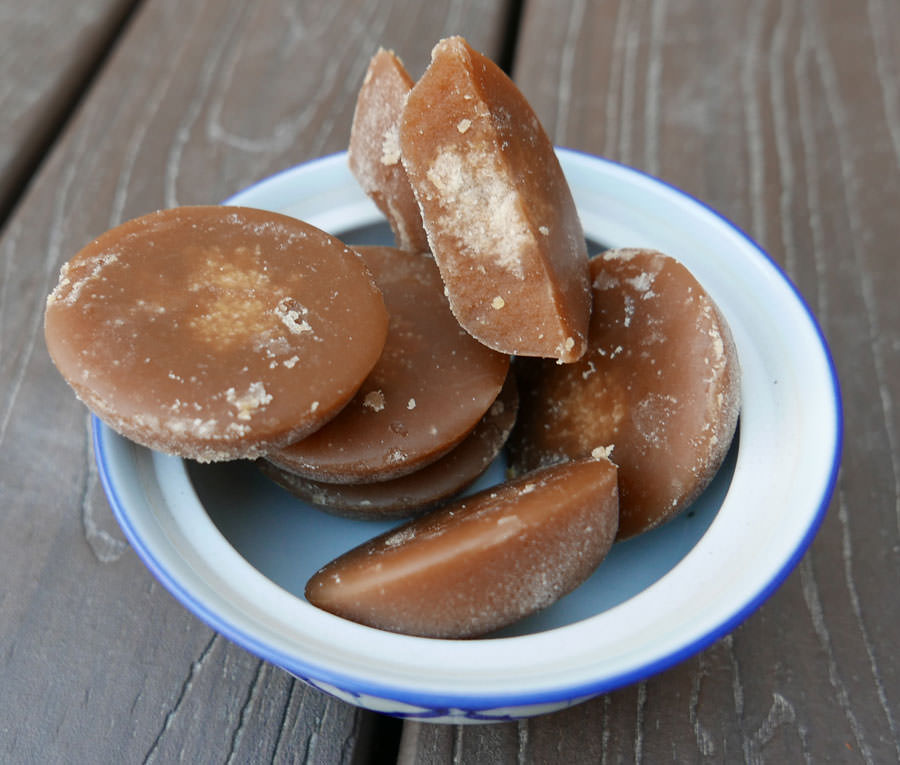Cane Sugar Processing: Traditional Approaches and Modern Innovations
Cane Sugar Processing: Traditional Approaches and Modern Innovations
Blog Article
A Comprehensive Guide to the Environmental Impact and Sustainability Practices in Walking Stick Sugar Processing
The ecological effect of walking cane sugar processing offers a complicated array of difficulties that warrant cautious exam. From soil degradation and too much water use to the carbon impact connected with cultivation and manufacturing, the consequences of conventional methods are significant. In contrast, the adoption of innovative sustainability steps offers a pathway towards more responsible manufacturing approaches. Recognizing the interplay in between these problems is crucial for stakeholders in the sector. What particular practices can be executed to strike an equilibrium in between productivity and ecological stewardship? The solutions exist in a better look at both the difficulties and prospective solutions.
Summary of Walking Cane Sugar Handling
Cane sugar processing involves a series of organized steps that change sugarcane right into refined sugar. Originally, harvested sugarcane is transferred to refining centers, where it undertakes cleansing to get rid of dirt and debris. Following this, the cane is crushed to draw out juice, which is after that made clear by removing impurities via home heating and the addition of lime.
The clarified juice undertakes evaporation, where water is eliminated to focus the sugar web content. These crystals are separated from the staying syrup using centrifugation, resulting in raw sugar.
The end product is after that dried and packaged for distribution. Throughout this whole procedure, maintaining performance and quality assurance is vital to make sure the sugar meets sector criteria. Each action in walking stick sugar handling not only adds to the last product yet also has ramifications for source use and waste generation, setting the phase for discussions on sustainability and ecological influences connected with sugar manufacturing.
Environmental Obstacles of Manufacturing
The production of walking cane sugar provides numerous substantial ecological obstacles that warrant interest. One key concern is the substantial use agrochemicals, including plant foods and chemicals, which can cause soil degradation, biodiversity loss, and contamination of neighborhood water resources. The runoff from sugarcane areas frequently lugs these chemicals into nearby communities, disrupting water life and affecting the wellness of neighborhoods reliant on these water bodies.
One more obstacle is the high energy intake connected with sugarcane processing. The boiling and refining stages call for substantial warm, largely produced by melting fossil fuels, adding to greenhouse gas exhausts. Furthermore, the large acreage required for sugarcane farming can result in logging and habitat damage, further exacerbating climate change and harmful wild animals.
Furthermore, the labor methods in some areas elevate honest issues, as employees may encounter poor working problems and poor wages. This circumstance frequently perpetuates a cycle of destitution in neighborhood areas. Cane Sugar Processing. Resolving these ecological obstacles is vital for establishing extra sustainable practices in walking cane sugar manufacturing, ultimately benefiting both the atmosphere and the communities associated with this market
Water and Land Use Influence
Water sources and land application are important elements in the cane sugar sector that considerably influence the setting. The growing of sugarcane requires significant water input, with quotes suggesting that it can eat as much as 2,000 litres of water per kilogram of sugar produced. This extensive use water usually results in exhaustion of regional water sources, influencing not just the sugarcane haciendas however also bordering environments and neighborhoods that rely on the same water resources for agriculture and residential use.

Furthermore, land usage for sugarcane growing can lead to logging and the conversion of all-natural environments into monoculture vineyards. This method lessens biodiversity, interrupts local ecological communities, and contributes to look at here dirt deterioration. The expansion of sugarcane fields often encroaches on important agricultural land, developing competitors for resources between food and biofuel manufacturing.
Lasting methods, such as optimizing irrigation methods and carrying out crop turning, are important to mitigate these effects. By adopting much more reliable water use and land administration approaches, the walking stick sugar industry can minimize its eco-friendly footprint, ensuring an equilibrium in between farming efficiency and environmental preservation.
Greenhouse Gas Emissions
Greenhouse gas discharges stand for a considerable ecological concern within the walking cane sugar handling industry, especially as agricultural methods broaden to fulfill global demand. The cultivation of sugarcane, a plant that prospers in tropical environments, depends heavily on artificial plant foods and chemicals, which add to laughing gas discharges. In addition, land-use adjustments, including logging for brand-new sugarcane plantations, launch carbon dioxide stored in vegetation and dirt.
During handling, energy consumption is an additional major source of greenhouse gas exhausts - Cane Sugar Processing. Many sugar mills utilize nonrenewable fuel sources to power machinery and generate warmth, resulting in substantial carbon impacts. Additionally, the transportation of raw sugarcane and finished items includes layers of exhausts through gas combustion in lorries
This includes reviewing current agricultural techniques, processing methods, and transportation systems to identify locations for enhancement and mitigation. Attending to greenhouse gas discharges is necessary for promoting a more lasting walking cane sugar sector in a transforming climate.

Sustainable Practices and Innovations
Sustainable techniques and technologies are progressively important in the cane sugar handling industry as stakeholders look for to minimize environmental influences while keeping efficiency. One significant advancement is the application of integrated plant management, which enhances source usage by incorporating soil management, pest investigate this site control, and plant rotation techniques. This technique improves return while minimizing chemical inputs and maintaining soil health.
Moreover, the fostering of renewable resource resources, such as biomass from sugarcane deposits, has gained grip - Cane Sugar Processing. By transforming waste products right into energy, refining centers can minimize their dependence on nonrenewable fuel sources, consequently reducing greenhouse gas exhausts
Water management practices have actually also seen enhancements via the recycling and reusing of water in processing plants, significantly lowering freshwater consumption. Developments in modern technology, such as accuracy agriculture, allow farmers to keep track of plant wellness and source usage better, making sure lasting growing practices.
Additionally, accreditation programs like Fair Profession and Jungle Partnership urge ecologically liable farming techniques and advertise social equity within the supply chain. By welcoming these sustainable methods and advancements, the walking stick sugar processing market can boost its strength and add positively to ecological stewardship.
Final Thought
The environmental influence of walking stick sugar processing provides considerable challenges, including dirt destruction, high water intake, and greenhouse gas exhausts, together with moral problems associated with labor techniques. Dealing with these problems via lasting techniques, such as incorporated crop management, renewable resource adoption, and water recycling, is crucial. By advertising eco liable and socially equitable techniques in sugar production, the sector can mitigate its adverse effects, guaranteeing a much more sustainable future for both areas and ecosystems associated with this sector.
Walking cane sugar handling involves a collection of methodical actions that change sugarcane into refined sugar. Each step in walking cane sugar processing not only contributes to the final product yet also has implications for resource usage and waste generation, establishing the stage for discussions on sustainability and environmental effects associated with sugar manufacturing.
Greenhouse gas emissions stand for a considerable ecological problem within the walking stick sugar handling sector, specifically as agricultural methods increase to satisfy global demand.Sustainable methods and technologies are check here increasingly vital in the walking stick sugar processing market as stakeholders seek to lower environmental effects while maintaining efficiency.The ecological impact of walking stick sugar handling offers significant challenges, consisting of dirt deterioration, high water usage, and greenhouse gas emissions, together with moral concerns related to labor practices.
Report this page